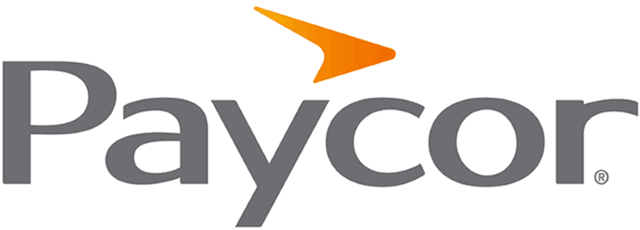The features available in each HR software package vary, but here are some standard ones that most providers offer.
Recruiting and Onboarding
Tools used to recruit, onboard and offboard employees are commonly found in most HR software. These features include job posting and syndication, configurable job applications, interview and assessment functionality, background check integration, offer letter templates, new-hire packets, onboarding checklists, e-signature capabilities, workflow automation, document storage, employee profiles, and training tracking.
While some systems include these features internally, most offer a combination of internal features and integrations with third-party platforms, such as applicant tracking systems and top background check services.
Payroll
Most HR software either comes with a built-in payroll option or integrates with top-rated payroll software from a third-party service. Built-in payroll modules typically include the ability to accurately calculate employee paychecks, handle multiple pay rates and schedules, administer garnishments, pay employees via direct deposit and pay cards, and provide online pay stubs. A newer feature offered by some software solutions is on-demand pay, which allows employees to access a portion of their wages on the day they earn them.
HR software can handle all payroll tax responsibilities, like calculating and withholding federal, state and local payroll taxes, as well as providing things like electronic 1099 and W-2 preparation and delivery. Most HR software can integrate with top accounting software.
Time and Attendance
Many HR software options include time and attendance features so that employers can accurately track when employees are on and off the clock. Most systems are cloud-based, which allows for browser-based clocking in and out, while many also offer iOS and Android mobile apps for punching on the go. Another useful feature for off-site workers is geolocation tracking, which tracks where an employee is located while clocked in. Most HR software allows for automatic and manual time tracking, as well as shift scheduling, swapping and dropping.
HR software can help manage paid time off requests and accruals, and it can offer certain automation and alert features to help you maintain legal compliance with things like break policies and overtime laws. Employee time tracking data is automatically synced into payroll solutions to streamline payroll processing and increase pay accuracy. [Read related article: Why Your Small Business Needs an Attendance Policy]
Benefits Administration
HR software can help you administer employee benefits like medical, dental and vision insurance; employee retirement accounts; life insurance; accident and illness policies; short- and long-term disability insurance; HSAs and FSAs; auto and home policies; commuter benefits; workers’ compensation; pet insurance; and miscellaneous coverages. Most will integrate with popular benefit carriers to get you competitive benefits and rates.
In addition to providing you access to employee benefits, most HR software providers will help you educate and enroll your employees on how to get the most out of their benefits. Features like easy plan configuration and ongoing participant education can help simplify the benefits process.
Performance Management
Standard HR software allows you to track and manage employee performance. This can include tools for goal setting and monitoring, succession planning, and performance evaluations. They can also include personalized dashboards and learning management systems with training courses so you can easily provide mandatory training (e.g., sexual harassment) or professional development training.
Legal Compliance
HR software helps you maintain audit-ready records and compliance with labor and employment laws such as the ACA and COBRA. Custom workflows and automation features can also help to maintain legal compliance, as they reduce the likelihood of human error by ensuring that certain required measures are being followed every time. HR software companies typically offer customer support via phone, email and chat; however, the best companies also offer a dedicated support representative who can provide HR guidance along the way.
Reporting
Most HR software provides helpful reporting and analytics. You may, depending on the type of reports you want, need to sign up for a more advanced software plan, but basic plans typically provide data on your team, payroll, taxes and more. HR reporting can be a valuable tool for tracking workforce trends and increasing efficiency across your entire workforce.
Self-Service Dashboard
Employees can use the software to access a self-service dashboard to manage their benefits, request time off and complete performance evaluations. Since most systems are cloud-based and offer mobile apps for iOS and Android devices, employees can access the software wherever they have an internet connection.












